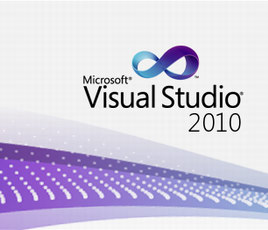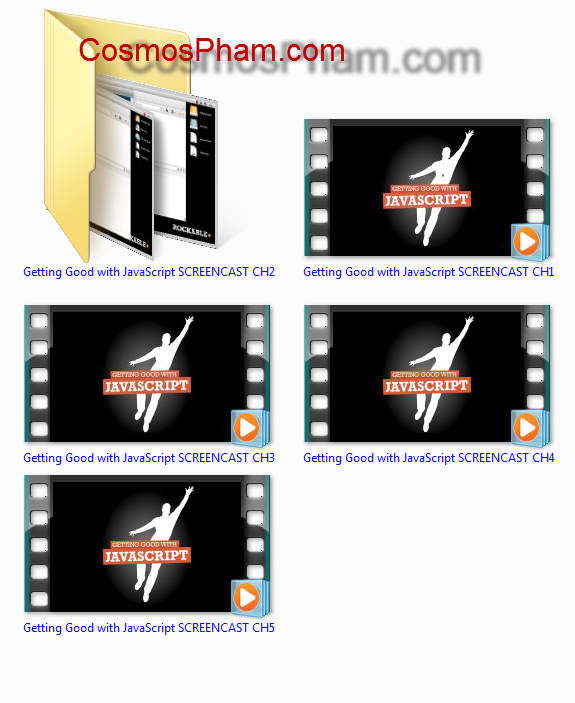| Beginning Cryptography With Java Posted: 27 Jan 2012 12:04 AM PST  Beginning Cryptography With Java | David Hook Beginning Cryptography With Java | David Hook
This book has been structured with a deliberate ordering in mind. The main thing you will notice is that a utilities class is developed over the course of most chapters and that later chapters make use of functionality that was introduced in earlier ones. Likewise, the examples in each chapter have been introduced in a specific order and build on previous ones, so if you want to get the most out of each chapter, it is best to start at the beginning and work through to the end.
The book has 10 chapters. The first five chapters cover the basic principles of Java APIs and the technology involved to deal with the higher-level APIs and concepts covered in the last five chapters. As with the rest of the book, the first five chapters are example-oriented and cover the following topics:
Chapter 1 discusses the basic architecture of JCE and JCA, provides some historical background, and shows you how to properly set up a provider, as well as how to determine if your provider has not been properly set up.
Chapter 2 introduces the basic concepts behind symmetric, or secret, key encryption, including how it is done in Java, how keys are generated, and how to use password-based encryption. It includes discussions about what algorithms there are, what the various modes and padding mechanisms available with symmetric algorithms are for, and what they mean.
Chapter 3 introduces message digests and message authentication codes, shows why they are used, demonstrates how they are used in Java, and discusses some of the issues you may encounter when using them.
Chapter 4 introduces asymmetric, or public key, encryption and digital signatures. It covers the popular algorithms, how they are used, and which Java API is required to generate and reconstruct keys, as well as how to make use of the algorithms themselves.
Chapter 5 provides a general introduction into ASN.1—the language in which most secure protocols and messaging formats are described. It shows you how to read an ASN.1 module, interpret some of the common syntactic constructs, and then use the API provided by the Bouncy Castle ASN.1 packages to create your own Java implementations of ASN.1 structures.
After Chapter 5, the book moves on to high-level topics, building on the work covered in the first five chapters. Get it fully now. Link download : -
-
-
|
| JDBC Metadata, MySQL, And Oracle Recipes – A Problem-Solution Approach Posted: 26 Jan 2012 11:13 PM PST 
JDBC Metadata, MySQL, And Oracle Recipes – A Problem-Solution Approach | Mahmound Parsian | Apress JDBC Metadata, MySQL, and Oracle Recipes is the only book that focuses on metadata or annotation-based code recipes for JDBC API for use with Oracle and MySQL. It continues where the authors other book, JDBC Recipes: A Problem-Solution Approach, leaves off. This new edition is also a Java EE 5-compliant book, perfect for lightweight Java database development. And it provides cut-and-paste code templates that can be immediately customized and applied in each developers application development.
About the Author
Mahmoud Parsian, PhD, is a Sun Certified Java Programmer and senior lead software engineer for AskJeeves.com, and he has expertise in Java database programming and development. His honors include the following: Ask Jeeves Bright Star Award, Octopus Award for successive release of the Octopus software, Cisco Systems Leadership Award, Individual Achievement Award, and four Specialist of the Quarter awards. Parsian has also received numerous commendation letters from customers regarding his outstanding performance and leadership on customer projects. Book Details * Paperback: 504 pages
* Publisher: Apress; 1 edition (March 2, 2006)
* Language: English
* ISBN-10: 1590596374
* ISBN-13: 978-1590596371
* Product Dimensions: 9.5 x 7.3 x 1.2 inches Link download : -
-
-
-
|










































